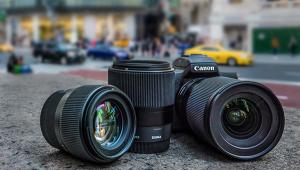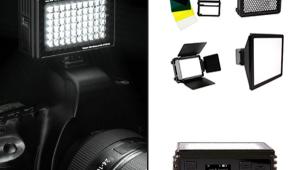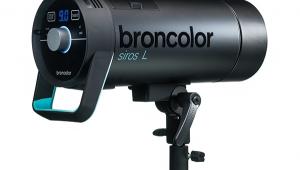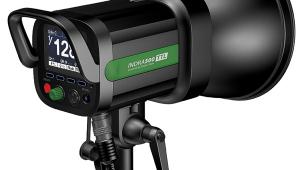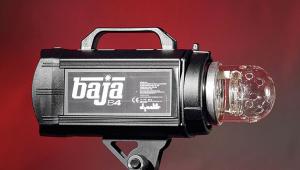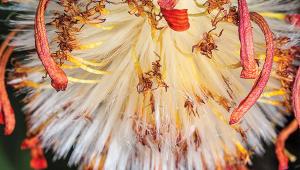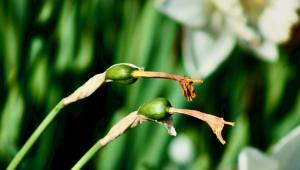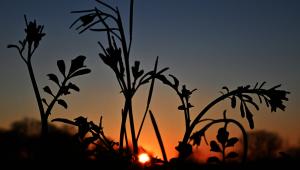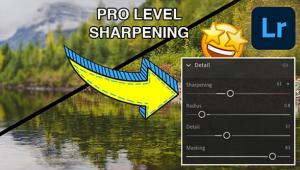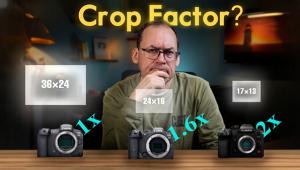Paul C. Buff Vagabond Mini: Versatility And Performance Combined
Let me tell you about my first experience with a Vagabond Mini. I was teaching one of my lighting workshops, using a flash unit with its battery pack. The light and battery pack were a kit I’d purchased as a combo. We’d been shooting a while and the battery pack was almost dead when one of the other photographers there told me he had a Vagabond Mini in the car. We unhooked my dead battery, and using the AC power cord from the flash unit, proceeded to just plug in to the Mini and keep on shooting! And shooting, and shooting… You see, this thing really supplies a lot of flashes and can be used with many flash units. But let’s start at the beginning…

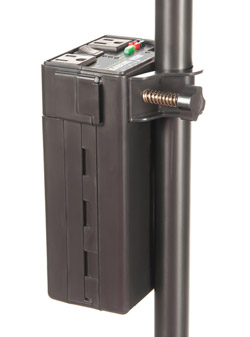
The Vagabond Mini is a lithium battery. But unlike brand-specific batteries that you use by setting your unit to DC power, the Mini uses an inverter to convert the power into 120VAC power. No need for specific battery to flash unit power cord here, just take your AC power cord and plug it right into the Mini. It’s like having a portable wall outlet anywhere you go. And while Buff notes that the Mini is designed to work with their company’s products, and is not responsible for its use with other companies’ lights, the fact is I used it with other units with no problem. But, to be safe, here’s their, and my, disclaimer, taken from their website (www.paulcbuff.com/vm120.php): “The Vagabond Mini Lithium is designed specifically for powering Paul C. Buff products and we cannot make any claim for suitability with products from other manufacturers, nor can we accept any liability for any damage that might be caused to such equipment. We will, however, warranty the Vagabond Mini Lithium itself as well as any Paul C. Buff equipment it powers.”

All Photos © Steve Bedell
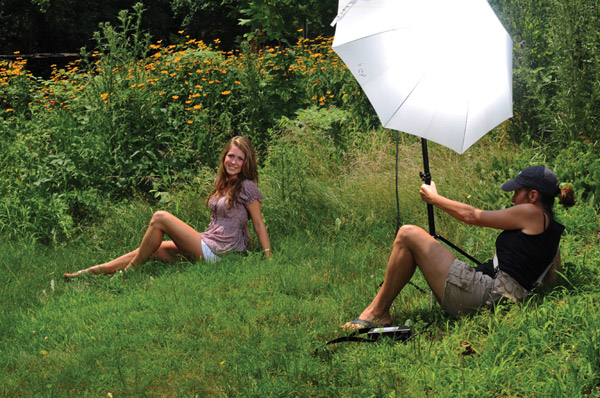
Inverters have been around for some time. Many commercial photographers have been using them for years for location shots. But while most inverters are big, heavy, and expensive, the Mini is none of the above. To give you an idea of how much things have changed, the original Buff Vagabond weighs in at 18.5 lbs whereas the Mini is only 3.5 lbs and about a fifth of the size. And if you think you’re sacrificing performance for size, take a look at the spec sheet. The unit has two outlets; two more can be added via a power strip. Hooking up a 640 watt second (ws) unit (like an Einstein) results in 400 to 500 shots per charge. Cycle times with the same unit at full power are about 3 seconds. It charges in three hours. And you can buy a spare battery for $90 that snaps on in seconds. This is truly a location shooter’s dream.

We tested the power output to see if claims matched facts. We found that with two units connected with a total of 990 ws we were able to achieve over 330 full-power flashes in an hour, triggering the lights every 10 seconds. During this test, recycle times took about 4 seconds through most of it, slowing down to about 6 seconds toward the end. The internal fan came on after about 8 minutes. Unless you’re a fashion shooter who needs to take three full-power flashes per second, I’m guessing these results are the kind that will satisfy 95 percent of photographers.
Let’s look at some other features. There are three LEDs located on top of the unit that indicate battery charge: 1/4, 1/2, and 3/4+. It takes a while to come on sometimes when you’re shooting; I found it to be most accurate when you turn the Mini on with no lights connected and wait about 10 seconds. Also on top are a 30A fuse, a charger connector, and even a convenient USB input for powering items such as cell phones. An adapter to mount the Mini to a light stand is also included. This has been much maligned by some who say the tension mount slips and even falls off. I found a good solution is to mount the Mini to the stand and position it so it sits on top of the legs. This way it doesn’t go anyplace and also functions as a ballast toward the bottom of the light stand. I can tell you that photo umbrellas make great sails and you definitely need sandbags or some sort of weight or an assistant to prevent your light from taking a dive with even the slightest puff of wind.


Let’s talk about the batteries. There are basically three types of batteries for flash units. There are the sealed lead acid batteries that many dedicated flash/batteries use. These are usually heavy and sometimes not very efficient. Enter lithium. There are two versions of lithium. LiCoxNiyMnz02 was chosen by Buff over the LiFeP04 technology that some others use because of its ability to deliver more pops per charge at the expense of fewer charge cycles. When you consider how many flashes you get per charge plus the fact that a spare or replacement battery is only $90, it appears to be a correct decision.
I used the Vagabond Mini on several outdoor location sessions, from high school seniors in the park, to models, to family portraits at the beach. It performed flawlessly, always gave me plenty of flashes, and is so small that it is no inconvenience to carry.
This is a game changer that has turned this natural light portraitist into someone looking for opportunities to break out the flash and experiment with changing light ratios all the time. Photographers are always talking about cameras and lenses they love and how they couldn’t live without them; I think the Vagabond Mini now occupies that space in my kit.
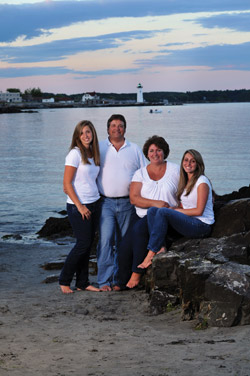

Note: The Vagabond Mini is also available as a 230VAC model. You can purchase both models directly from Paul C. Buff in Nashville, Tennessee. Retail price is $239.95.
For more information, contact Paul C. Buff, Inc. at: www.paulcbuff.com.
Steve Bedell has been a portrait photographer for over 25 years. To subscribe to EPhoto, a free e-mail newsletter with tips for photographers, contact Bedell via e-mail at: sb@stevebedell.com. Also ask about his lighting DVDs.
- Log in or register to post comments

